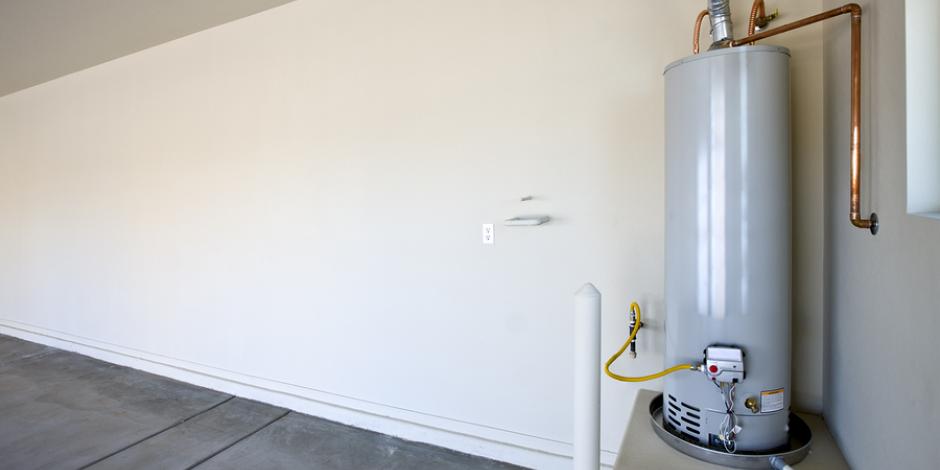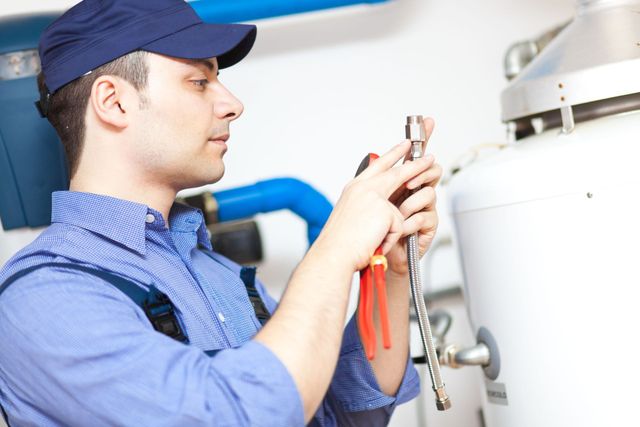How to Care for Your Home's Hot Water System EffectivelyHow to Properly Maintain Your Home's Hot Water System
How to Care for Your Home's Hot Water System EffectivelyHow to Properly Maintain Your Home's Hot Water System
Blog Article
How do you really feel when it comes to What Kind of Maintenance Do Water Heaters Need??

Hot water is crucial for daily convenience, whether it's for a revitalizing shower or cleaning meals. To ensure your warm water system runs efficiently and lasts much longer, normal upkeep is essential. This short article gives useful pointers and insights on just how to keep your home's hot water system to stay clear of interruptions and pricey repair work.
Intro
Maintaining your home's warm water system could seem overwhelming, but with a couple of basic steps, you can ensure it operates smoothly for many years to come. This guide covers whatever from comprehending your hot water system to DIY maintenance ideas and understanding when to call specialist aid.
Value of Preserving Your Warm Water System
Normal upkeep not just expands the life-span of your warm water system yet additionally guarantees it runs successfully. Disregarding upkeep can lead to reduced efficiency, greater energy expenses, and even premature failure of the system.
Signs Your Hot Water System Demands Upkeep
Recognizing when your warm water system requires interest can avoid major issues. Keep an eye out for indicators such as inconsistent water temperature, odd sounds from the heating unit, or rusty water.
Flushing the Hot Water Heater
Purging your hot water heater eliminates sediment buildup, boosting performance and extending its life.
Checking and Changing Anode Rods
Anode rods protect against deterioration inside the storage tank. Examining and changing them when worn is important.
Complex Issues Needing Specialist Assistance
Instances include significant leaks, electric problems, or if your hot water heater is regularly underperforming.
Regular Professional Upkeep Benefits
Expert maintenance can include thorough assessments, tune-ups, and ensuring compliance with safety and security standards.
Checking and Adjusting Temperature Settings
Adjusting the temperature level setups guarantees optimum efficiency and security.
Do It Yourself Tips for Upkeep
You can carry out several maintenance jobs yourself to keep your hot water system in leading condition.
Checking for Leakages
Frequently check pipelines and links for leaks, as these can cause water damages and greater expenses.
Recognizing Your Warm Water System
Prior to diving right into upkeep tasks, it's useful to understand the standard components of your hot water system. Usually, this includes the hot water heater itself, pipelines, anode rods, and temperature controls.
Regular Monthly Maintenance Tasks
Routine regular monthly checks can aid capture small issues before they escalate.
Examining Stress Alleviation Valves
Examining the pressure relief valve ensures it works properly and stops too much stress build-up.
Shielding Pipelines
Insulating hot water pipes reduces heat loss and can save energy.
When to Call an Expert
While DIY maintenance is useful, some problems need expert expertise.
Conclusion
Normal upkeep of your home's warm water system is crucial for performance, long life, and price savings. By adhering to these ideas and recognizing when to look for expert assistance, you can guarantee a reliable supply of warm water without unanticipated interruptions.
How to Maintain an Instant Hot Water Heater
Before tinkering with your hot water heater, make sure that it’s not powered on. You also have to turn off the main circuit breaker and shut off the main gas line to prevent accidents. Also turn off the water valves connected to your unit to prevent water from flowing into and out of the appliance. 2. When you’re done, you have to detach the purge valves’ caps. These look like the letter “T” and are situated on either side of the water valves. Doing so will release any pressure that has accumulated inside the valves while at the same time avoid hot water from shooting out and burning your skin. 3. When the purge valves’ caps are removed, you have to connect your hosing lines to the valves. Your unit should have come with three hoses but if it didn’t, you can purchase these things from any hardware or home repair shops. You can also get them from retail stores that sell water heating systems. Read the user’s manual and follow it to complete this task properly. When the hosing lines are connected, open the purge port’s valves. 4. You should never use harsh chemical cleaners or solutions when cleaning your unit. Make use of white vinegar instead. It should be undiluted and you’ll probably use about 2 gallons. 5. Now flush your water heater. This task should probably take about 40 minutes. We can’t give you specific directions for this because the procedure is carried out depending on the type, model and brand of your heater. With that being said, refer to the user’s manual. 6. When you’re done draining the unit, you have to turn off the purge port valves again. Remove the hosing lines that you earlier installed on each of the water valves. Put the valve caps (purge port) back in their respective places and be very careful so as not to damage the rubber discs that are found inside these caps. 7. Now that everything’s back in place, check your user’s manual again to find out how to reactivate your water heating system. 8. Once it is working, turn one of your hot water faucets on just to let air pass through the heater’s water supply pipes. Leave the tap on until water flows smoothly out of it. https://www.orrplumbing.com/blog/2014/september/how-to-maintain-an-instant-hot-water-heater/

We had been made aware of that write-up about Water Heater Maintenance Tips You Can't Afford to Forget from a pal on another domain. Sharing is caring. Helping others is fun. We take joy in your readership.
Get An Estimate Report this page